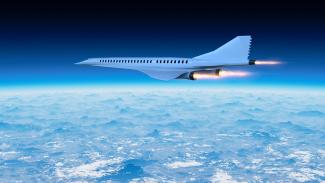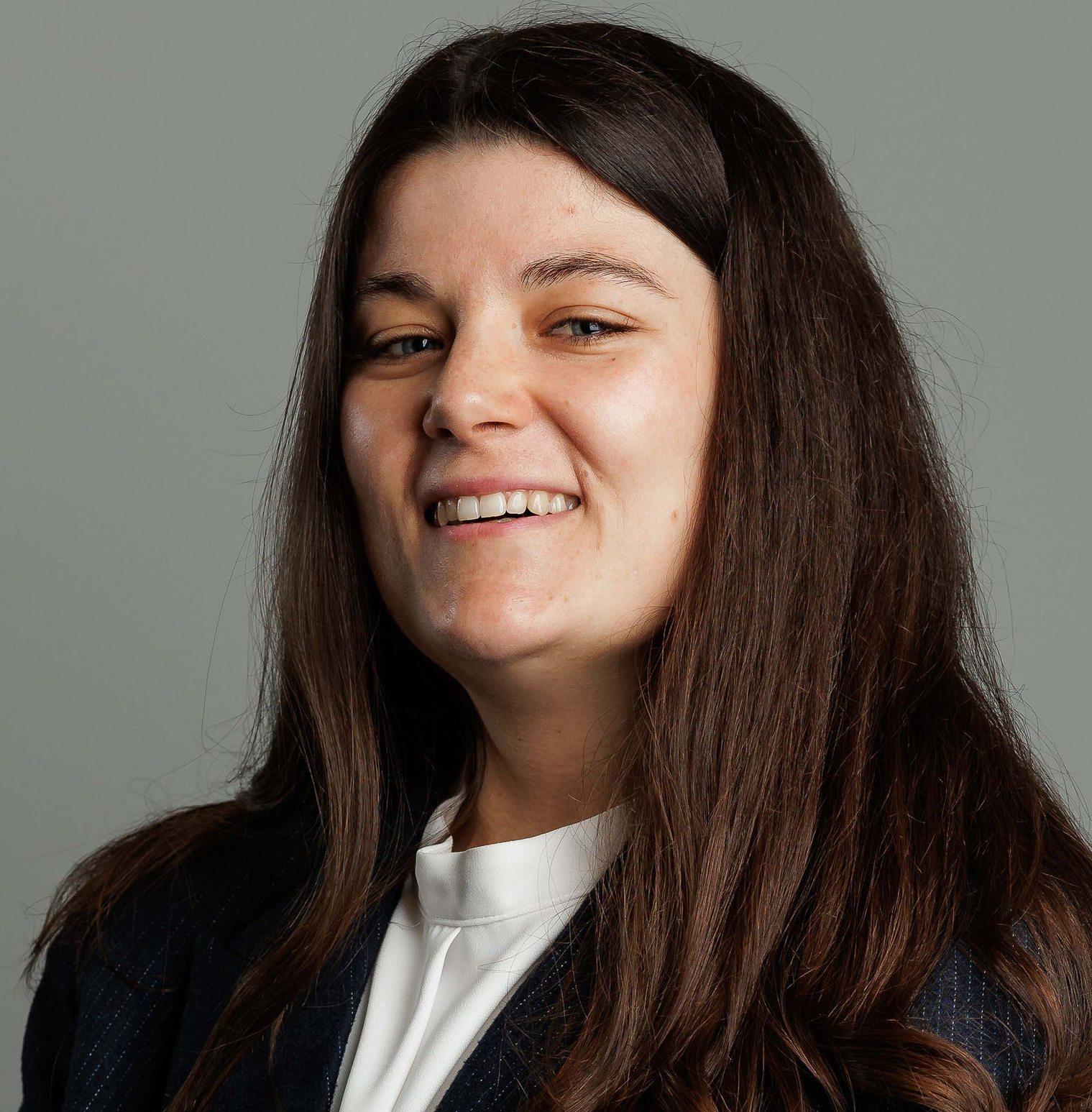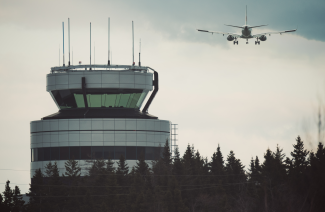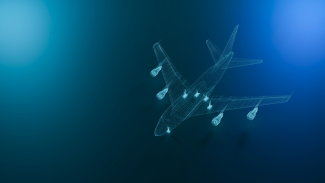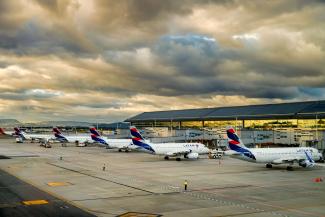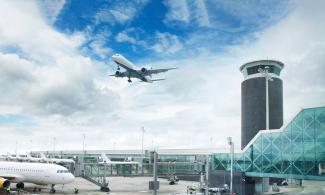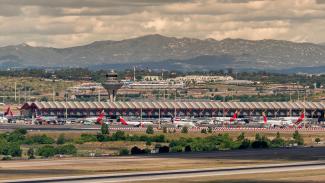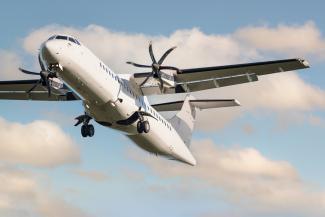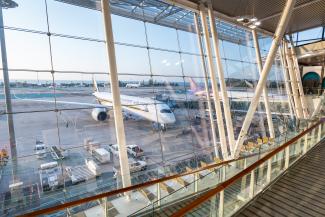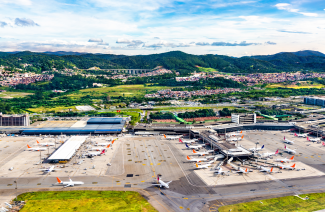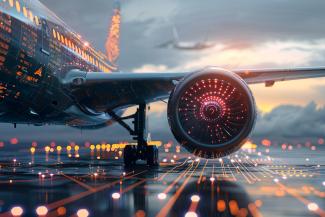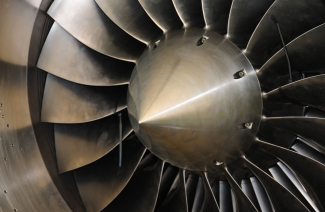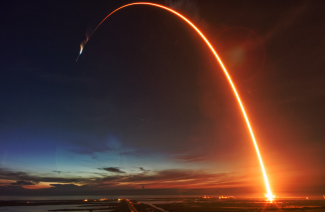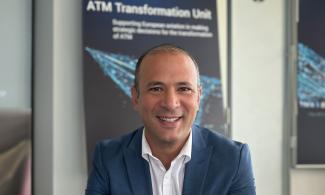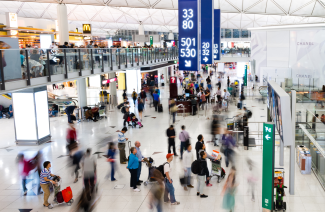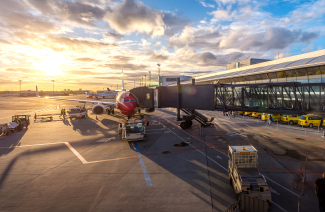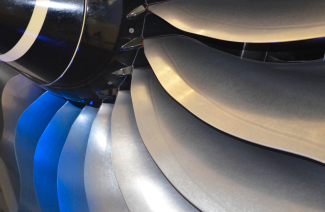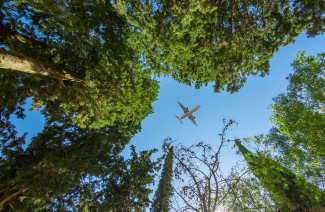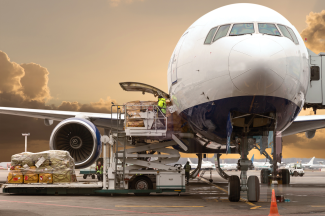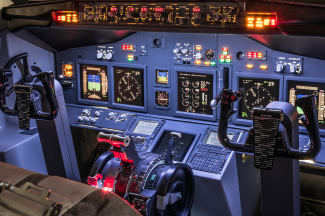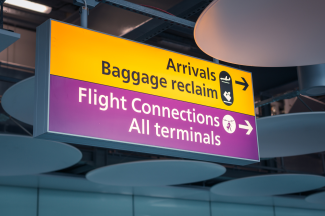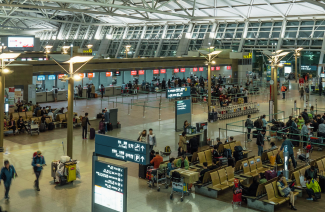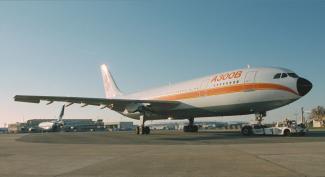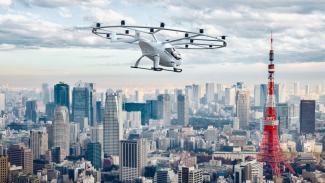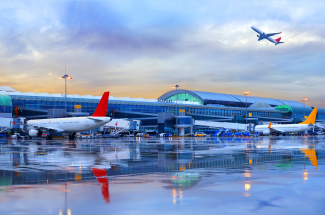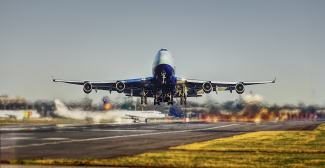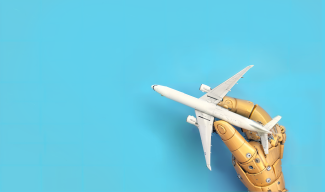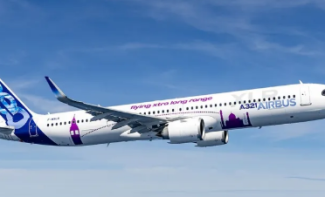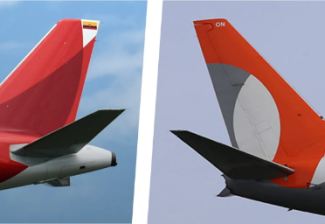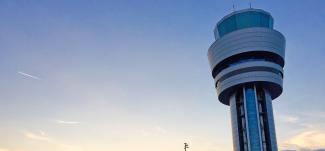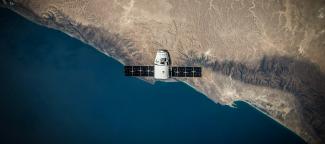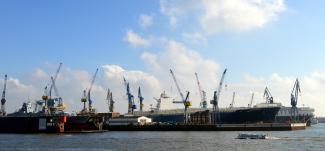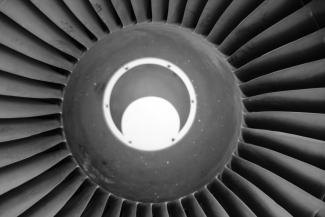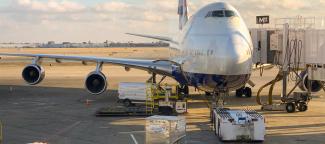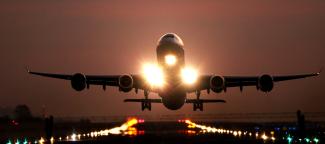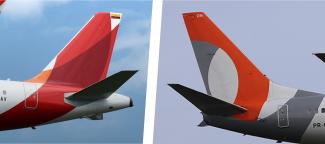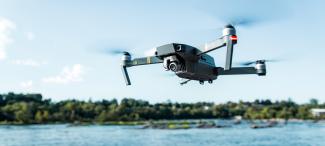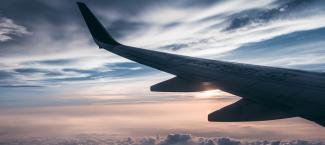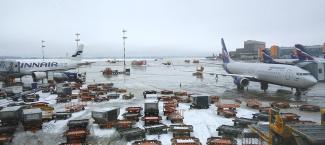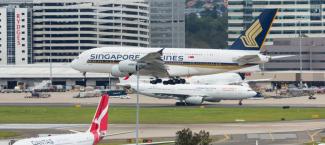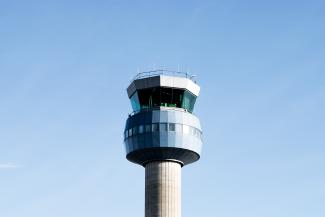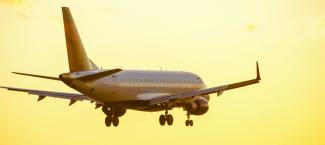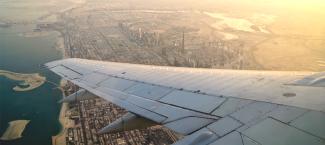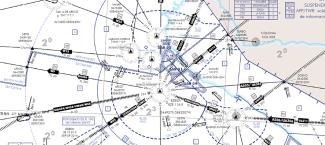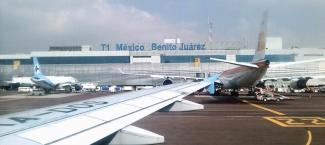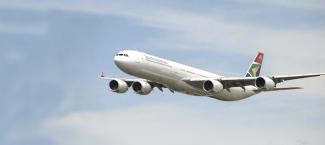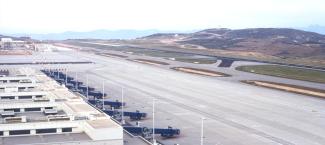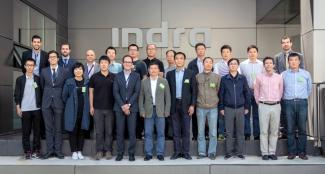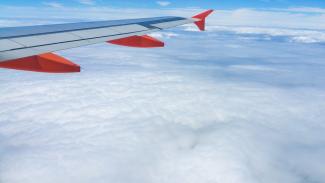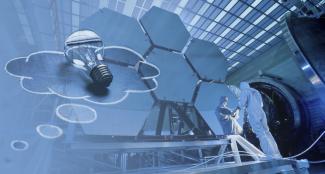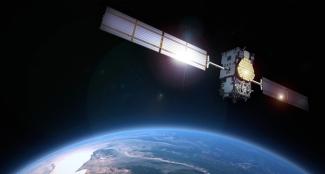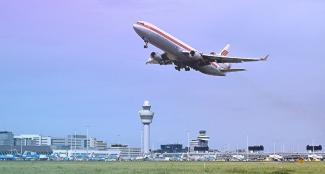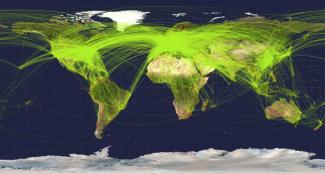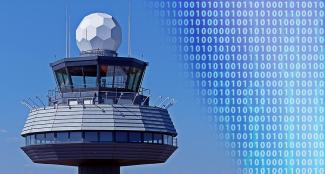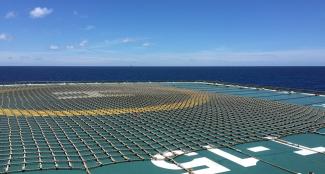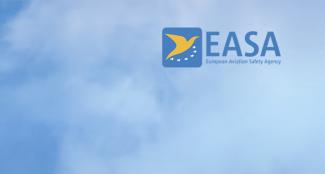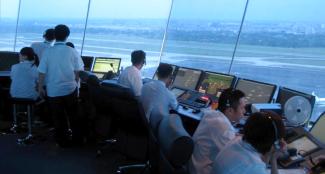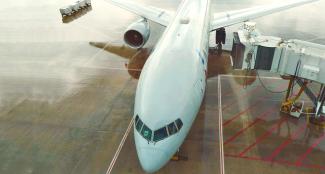Imagine a pleasant afternoon when you leave your home in Madrid, head to the airport, and board the plane to your next destination. You step inside, place your bag, and take your seat. In front of you, there is a screen with movies and series to make your journey more enjoyable. The plane takes off, and while you decide what to watch—switching between options at least ten times—you realize you’re already taxiing along the runway at JFK in New York. It sounds like science fiction, though perhaps that wasn’t a genre you’d considered watching on the screen. But it isn’t fiction. You’ve traveled on a supersonic plane that has taken you to the other side of the ocean in less than three hours.
Supersonic and hypersonic technologies are poised to make these speeds a reality, significantly reducing transoceanic travel times and unlocking new possibilities for air travel. While reminiscent of the Concorde era, today’s advances promise greater efficiency and sustainability. Numerous companies worldwide are working on technologies to address the technical challenges of supersonic flight and explore the commercial potential of hypersonic travel. These innovations are moving towards the ability to cover 7,000 km in just one hour, significantly surpassing the capabilities of the iconic Concorde.
A glance back: The supersonic pioneers
Concorde
The Concorde was the first supersonic passenger-carrying commercial aircraft, created by Sud Aviation (France) and British Aircraft Corporation in the 1970s. Developed in a competitive era of speed and technological innovation, it went into service in 1976 with routes from London Heathrow to Bahrain and Paris to Rio de Janeiro, operated exclusively by British Airways and Air France.
With a cruising speed of up to Mach 2.2—twice the speed of sound—the Concorde slashed travel times, enabling a London-New York flight to last 3 hours instead of the current 7 hours. With a capacity limited to 100 passengers, ticket prices soared to around $7,000 (equivalent to approximately $12,000 in 2024). However, despite the high ticket fares, the elevated operating costs made these flights unprofitable, ultimately leading New York to become its only destination.
In 2000, the tragic accident involving an Air France Concorde en route from Paris to New York, which suffered engine failure after takeoff due to a burst tire, resulted in the loss of all 109 people on board and accelerated the Concorde’s retirement. Combined with high operational costs and noise pollution concerns, the aircraft was finally retired in 2003.
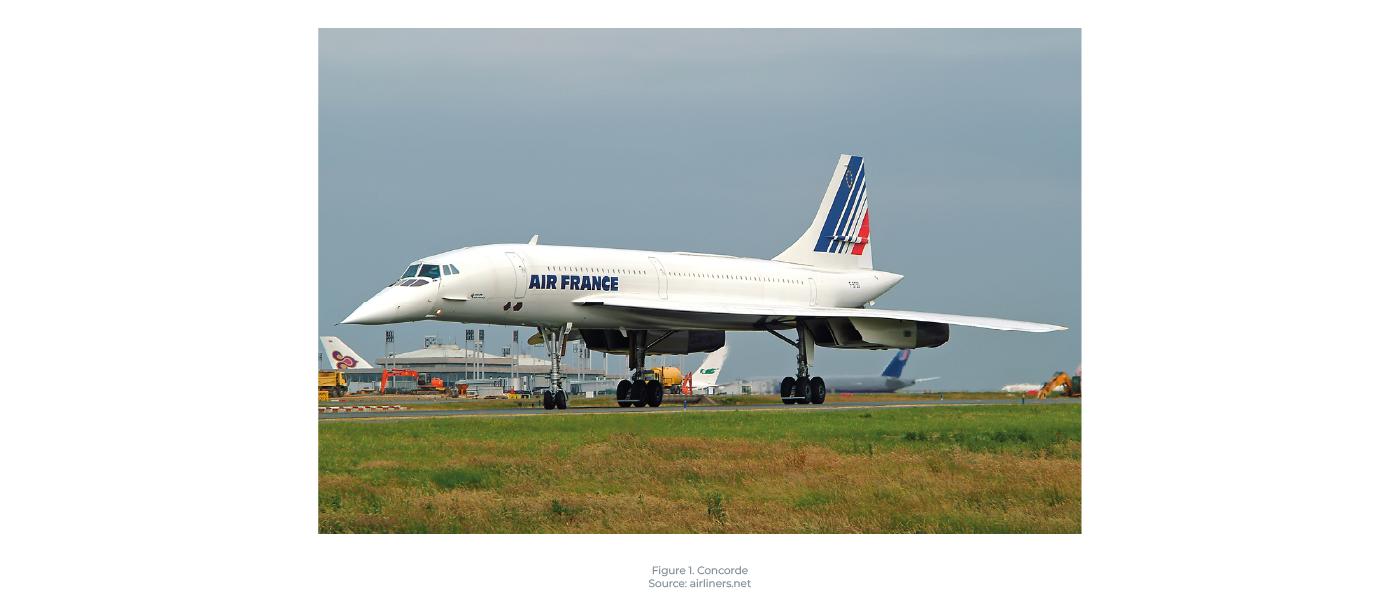
Tupolev Tu-144
As the Soviet Union’s response to the Concorde, the Tupolev Tu-144 emerged as a direct competitor in the supersonic race. However, the Tu-144 was louder, heavier, less technologically advanced, and less comfortable than its Western counterpart. Its most distinctive design feature was a horizontal stabilizer located in the aircraft’s nose, which provided additional vertical thrust and lift.
Sixteen Tu-144 units were produced, with Aeroflot as the sole operator for both passenger and cargo transport. The first commercial flight took place in 1978 between Moscow and Almá-Atá, though the service ended by 1980. Two significant accidents during this period, one of them due to fuel measurement errors, underscored the operational challenges. After official service ended, Aeroflot continued to operate irregular flights during the 1980s, and in 1994, NASA repurposed a modified Tu-144 for atmospheric research; however, the project was ultimately canceled in 1999.
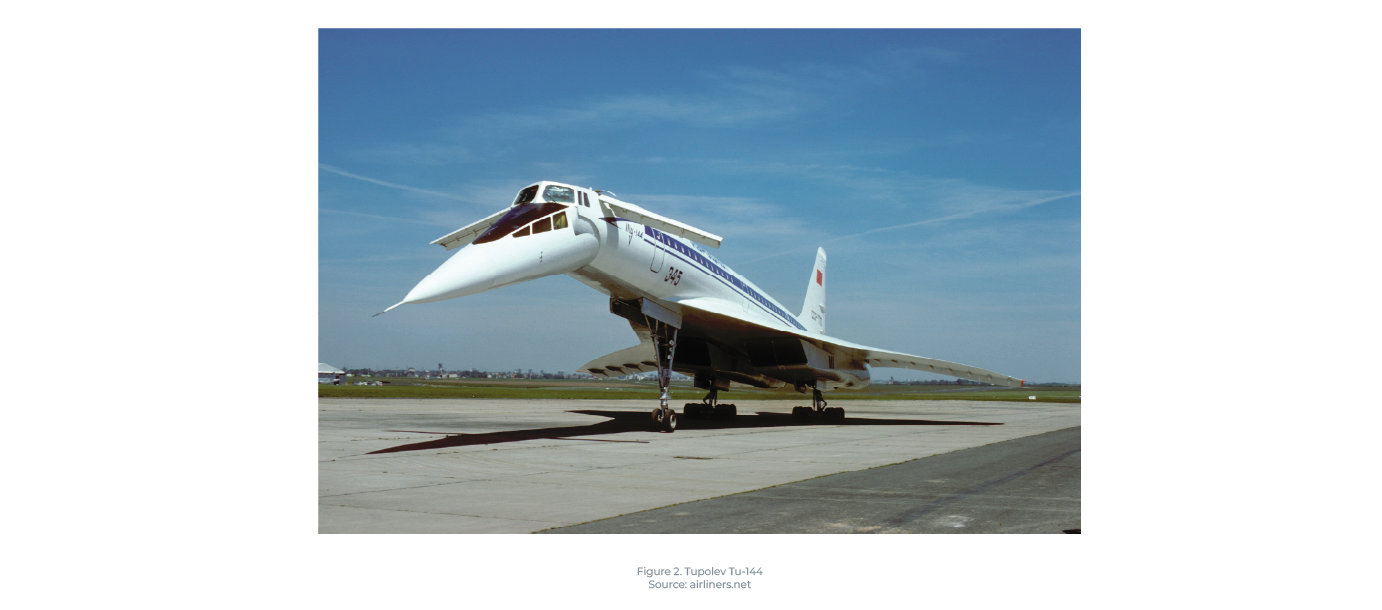
Challenges that limited success
Supersonic aircraft, like the Concorde and the Tupolev Tu-144, marked a remarkable leap in commercial aviation, enabling flights at speeds exceeding Mach 2. Despite these achievements, they faced several challenges that limited their commercial success and operational longevity.
One primary hurdle was the high operating cost. Due to their complex technologies and specialized materials, supersonic aircraft demanded intensive and costly maintenance, leading to elevated passenger fares. This restricted their appeal to a small segment of the market, primarily business executives and affluent individuals, making profitability difficult for airlines.
Additionally, noise regulations posed significant obstacles. The sonic booms generated as supersonic planes broke the sound barrier led to restrictions on many overland routes, limiting operations mainly to over-ocean paths. This constraint reduced flexibility in route planning and, therefore, increased total travel times.
Fuel efficiency was also a critical factor. Supersonic aircraft consumed considerably more fuel than their subsonic counterparts, resulting in higher operating expenses and a larger environmental footprint. With rising concerns about sustainability in the 1980s, public perception shifted against supersonic flights, further diminishing their viability as long-term commercial options.
New projects and ongoing developments
As presented before, supersonic travel has been a reality for decades, yet it hasn’t become mainstream since low-cost travel has dominated the industry in the last years. However, now numerous emerging companies are seeking to redefine transoceanic aviation.
Supersonic aircraft
NASA is currently developing the X-59, an experimental aircraft designed to exceed the speed of sound without producing disruptive sonic booms. As part of NASA’s Quesst mission, the X-59 aims to be the first of its kind to successfully achieve this feat, paving the way for commercial supersonic overland flight in the future.
As a result of a collaboration with Lockheed Martin Skunk Works, the X-59 incorporates advanced technology and systems from various established aircraft, such as its landing gear from an F-16 and its life-support systems adapted from an F-15. Currently undergoing final testing, the aircraft’s first flight is scheduled for 2024, marking a critical step toward revolutionizing commercial aviation by dramatically reducing travel time while ensuring safety and flight reliability are not compromised.
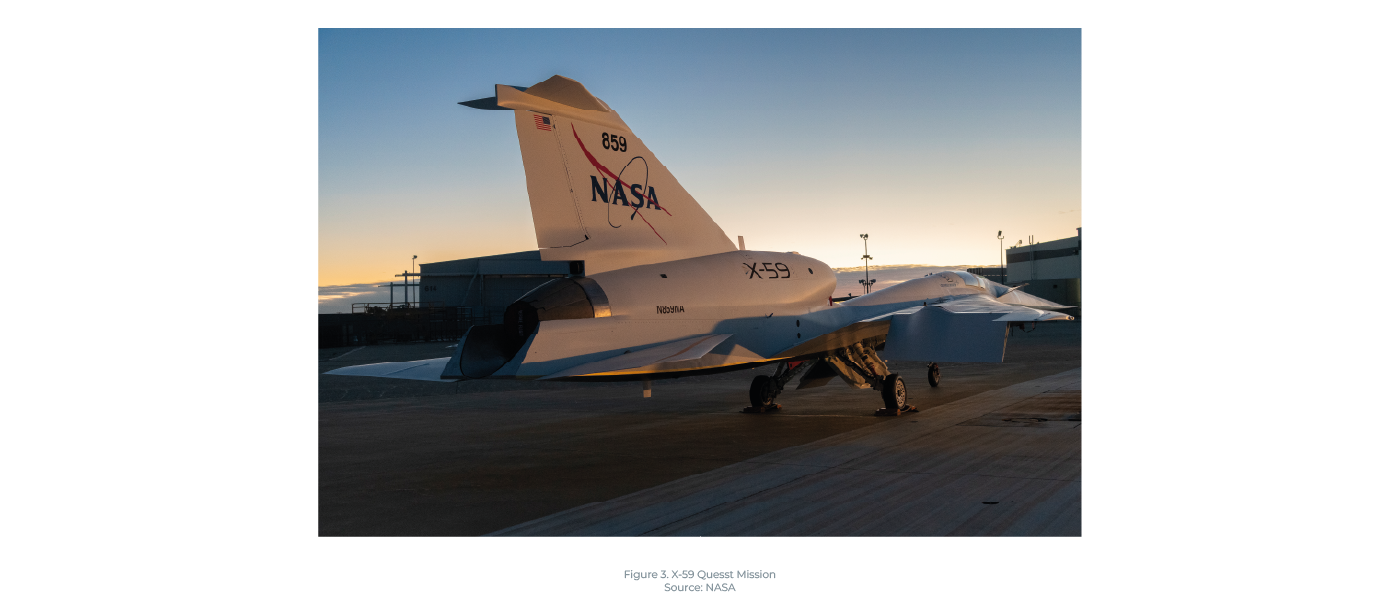
Another key player in the current landscape is Boom Supersonic. Based in the United States, Boom is developing the Overture, a supersonic airliner designed to carry 65 to 88 passengers at speeds of Mach 1.7. The Overture aims to complete flights from New York to London in just 3.5 hours while addressing noise and environmental impact concerns using quieter engines and sustainable aviation fuels (SAF). Boom plans to launch its first commercial flights by the end of the 2020s.
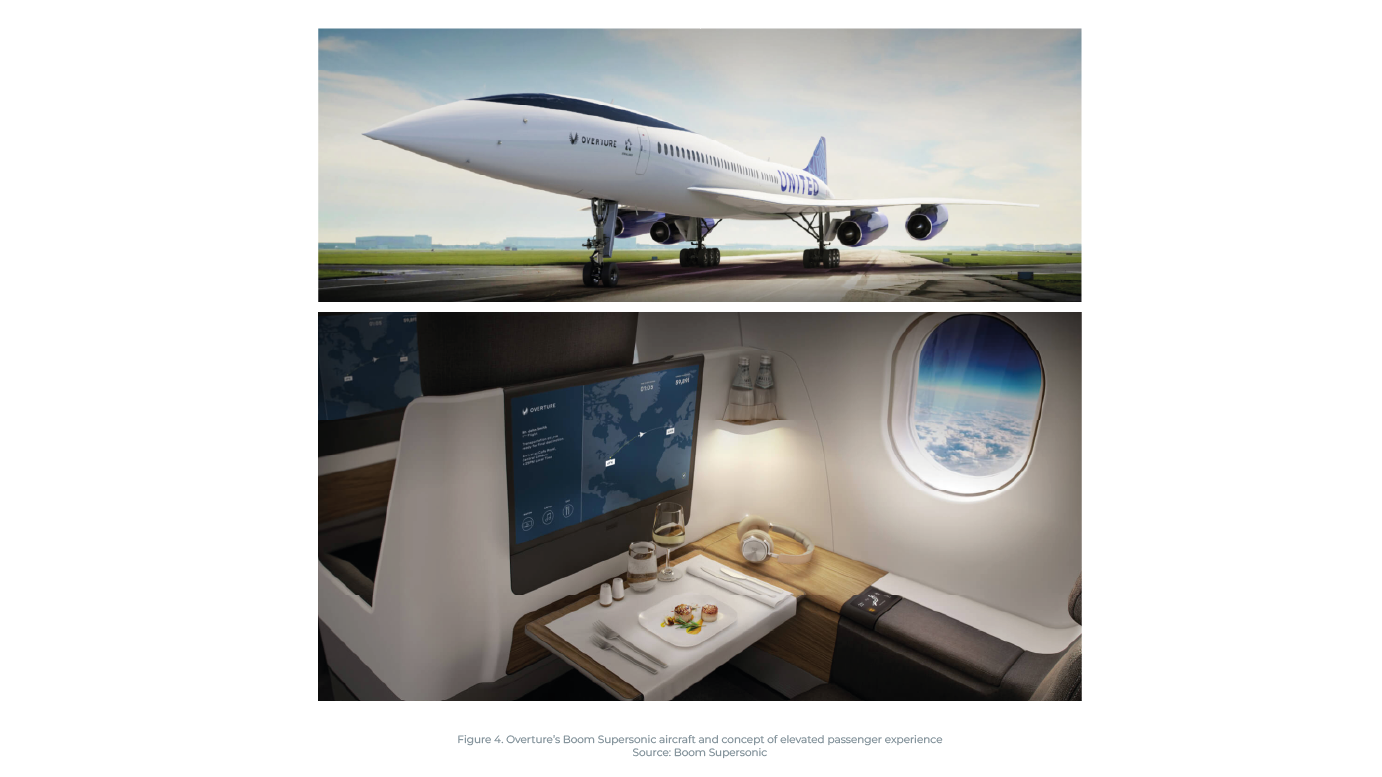
While X-59 NASA’s aircraft aims to fly overland, the Overture will primarily operate over water. Nevertheless, it has been engineered with noise reduction features to minimize sonic booms as well as comply with the latest environmental standards. Its in-house-designed turbojet engine, called Symphony, can operate efficiently at both high and low speeds, and will run on 100% SAF.
At lower speeds, the Overture can fly over land without producing sonic booms and will be capable of landing on the same runway lengths used by typical commercial aircraft, such as the Boeing 737 or Airbus A380, rather than requiring runways nearly 3,050 meters long, as was necessary for the Concorde.
Boom Supersonic plans to begin manufacturing the Overture in 2025, with test flights scheduled for 2027 and commercialization anticipated in 2029, provided everything goes according to plan. Major airlines such as American Airlines, United Airlines, and Japan Airlines have already expressed interest in the aircraft, securing 130 orders and pre-orders for the Overture.
Hypersonic aircraft
Regarding the commercial possibilities of hypersonic flights, Space Transportation in China aims to create an aircraft that can cover the 7,000 kilometers between Dubai and Shanghai in just 60 minutes. They also plan to launch their first suborbital tourism test in 2025 and achieve a "full-scale global hypersonic vehicle flight" by 2030.
Another startup looking to break records is Hermeus. Based in Atlanta and founded by former employees of SpaceX, Generation Orbit, and Blue Origin, Hermeus is currently developing the Quarterhouse Mk1, its prototype for a hypersonic commercial aircraft.
In 2020, the startup showcased its engine prototype capable of exceeding Mach 4, which helped them secure over $100 million in funding. Since then, they have been developing the first prototype of the Mk1, which was unveiled in March 2024 and is expected to undergo testing by the end of this year. The Quarterhouse Mk1 is an unmanned aircraft that will be remotely piloted and powered by the GE J85 turbojet engine from General Electric, widely used in military aviation since the 1950s.
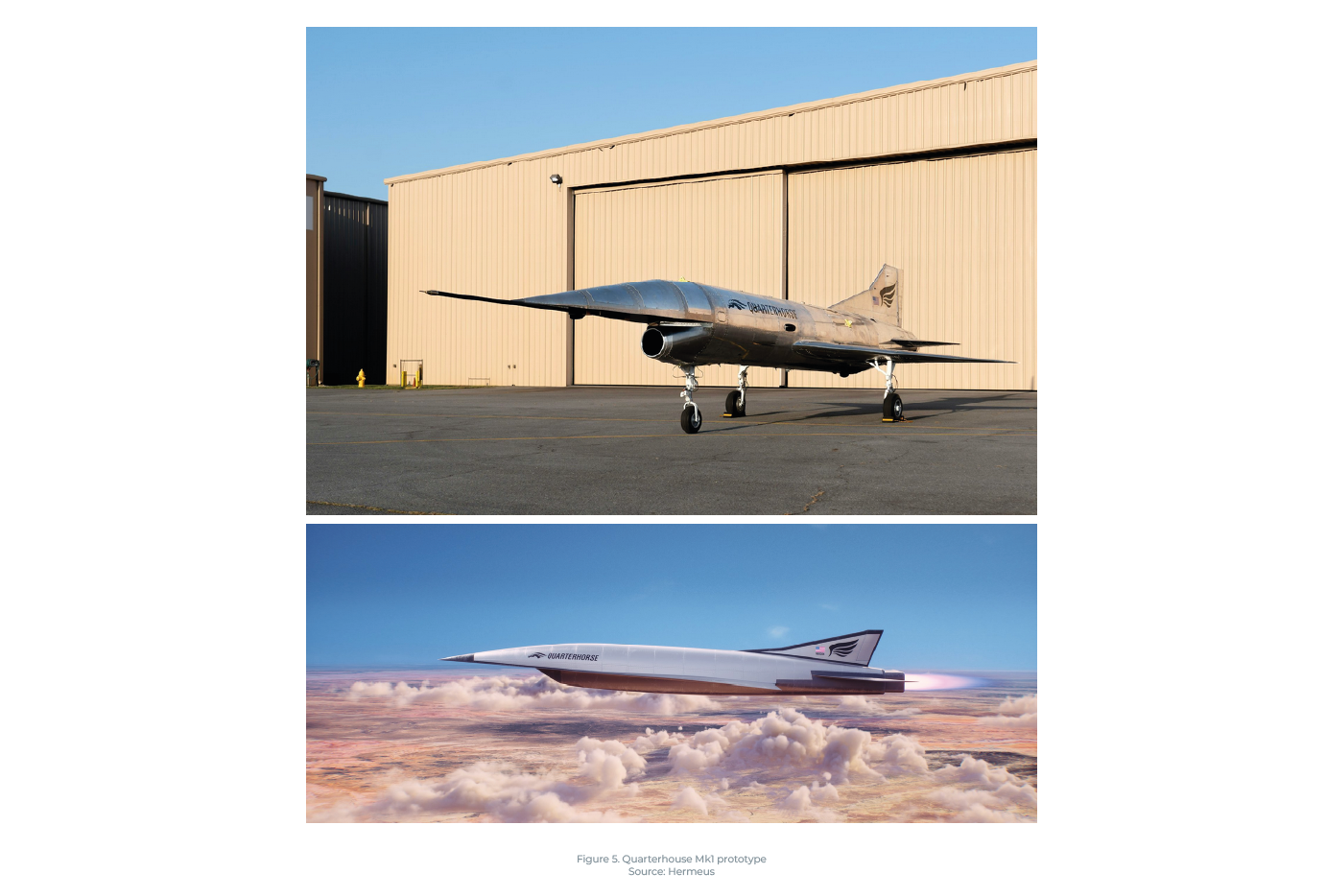
Hermeus's next milestone is the development of the Quarterhouse Mk2 prototype, which will feature the Pratt & Whitney F100 turbofan engine, capable of reaching Mach 3. However, it has even bigger plans and anticipates that the Quarterhouse projects are merely a precursor to a more ambitious endeavor, Halcyon. This is a hypersonic aviation prototype designed to carry 20 passengers at speeds five times faster than any current commercial aircraft. It aims to fly from New York to London in just 90 minutes by traveling at Mach 5, approximately 6,174 km/h, significantly surpassing existing speed records (the Concorde reached Mach 2.04, while the SR-71, a military reconnaissance aircraft, recorded Mach 3.3).
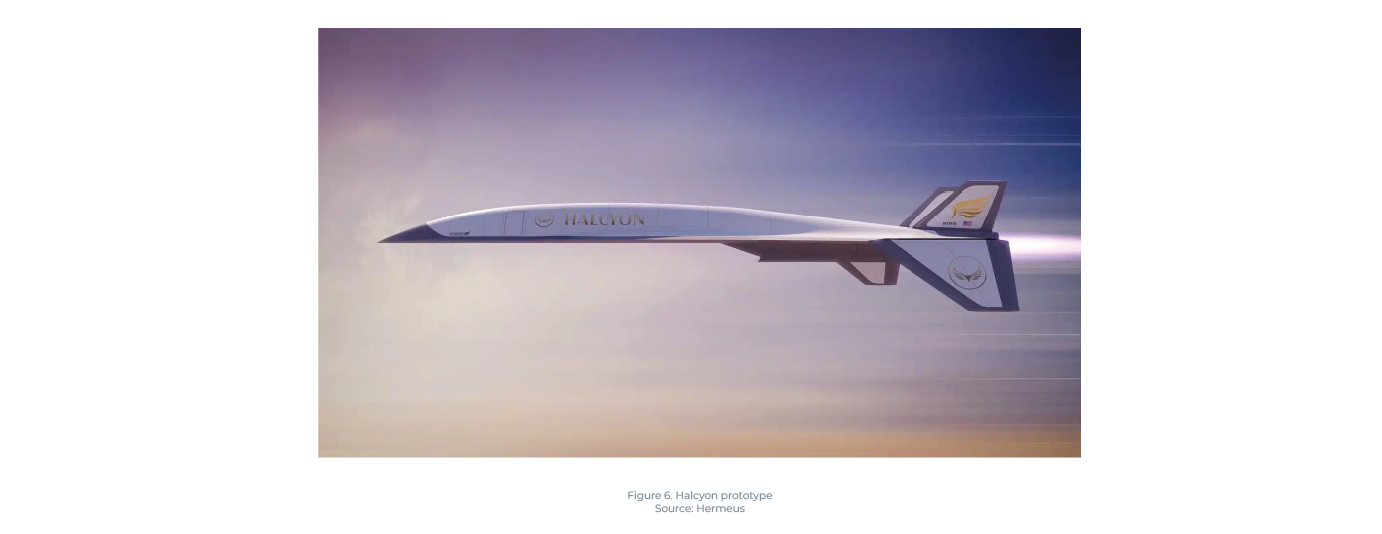
Market potential
The primary and most obvious benefit of these flights is the substantial reduction in transoceanic travel times; connecting the United States to Europe in just one hour would create a monumental global impact. Currently, over 500,000 people travel in business class annually between New York and London. Reducing this flight from 7 hours to just 1 hour could save more than 3 million hours each year.
Yet, are these flights genuinely feasible? When the Concorde was retired in 2003, a ticket cost approximately $7,000. One of the factors leading to its discontinuation, aside from the tragic accident in 2000, was its high-ticket price. Given this backdrop, a pressing question remains: will operations proposed by Hermeus or Boom be financially viable?
A study by Brycetech and SAIC suggests that the target market for such flights—those willing to pay for tickets—would mainly consist of business and first-class travelers, who make up about 12% and 2% of total passengers on subsonic flights, respectively. Important considerations influencing the decision to fly supersonic include economic status, flight duration, time savings compared to subsonic flights, ticket pricing, and whether the journey is for leisure or business.
Moreover, the study identifies Mach 3 as the optimal business case, striking a balance between the additional revenue from time savings and the higher operational costs. Projections for 2050 indicate that the city pairs likely to generate the highest revenues include London-Dubai, New York-London, San Francisco-Hong Kong, and London-Mumbai, among others. Given their demand, income potential, and distance between cities, these routes could be ideal candidates for future supersonic flights.
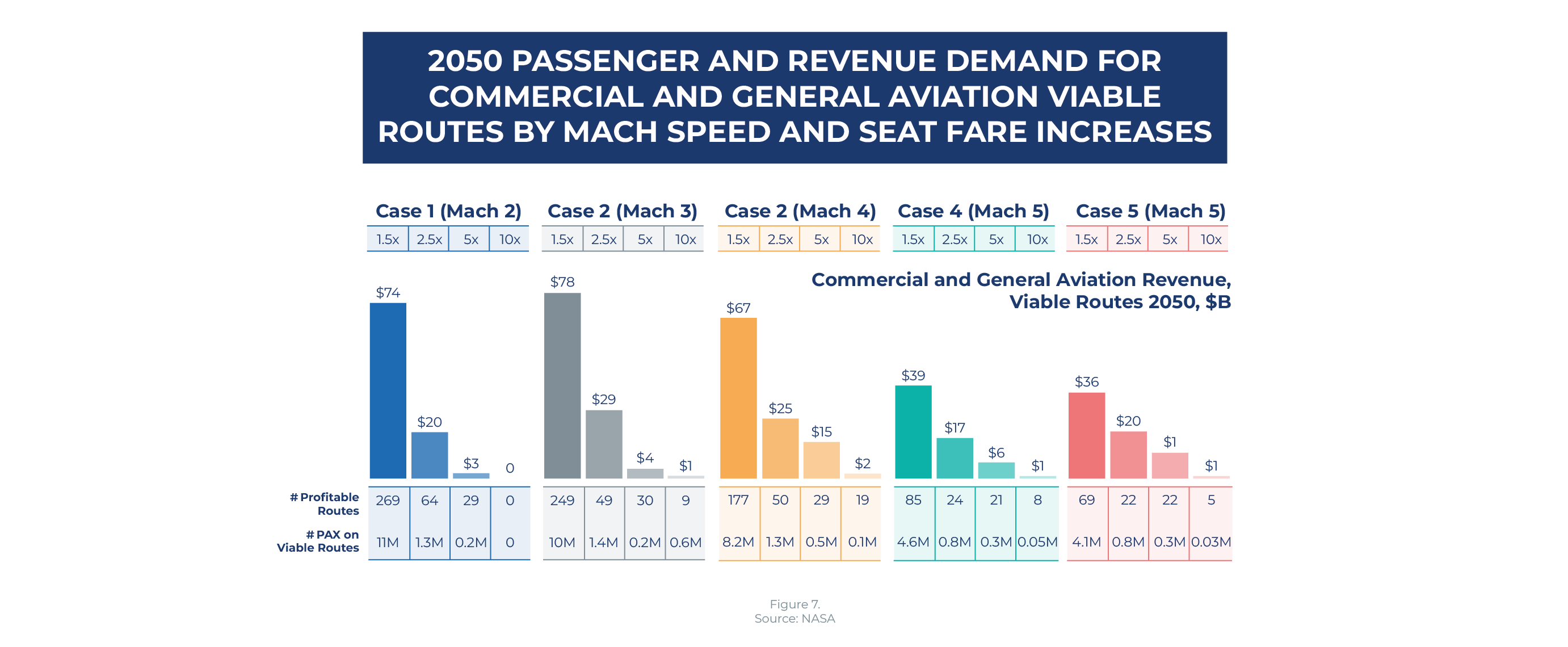
The most significant opportunities will logically arise from long-haul operations, particularly transoceanic flights. Therefore, achieving the right balance between pricing and travel duration is crucial. The question then becomes: of the thousands of passengers flying first class daily, how many would be willing to pay double the fare for a journey three to four times quicker? Although the Concorde provided substantial time savings due to its supersonic speed, passengers still had to arrive at the airport well ahead of their departure times, which often wasn’t sufficient for business travelers planning their schedules. However, the situation changes dramatically with aircraft flying above Mach 3, allowing passengers to depart from the East Coast of the U.S. in the morning, attend meetings in London in the afternoon, and return home the same day.

Environmental impact
From an environmental standpoint, such operations raise intriguing questions beyond just safety considerations: What will their emission levels be? How will the risks associated with high-altitude flights be addressed? What impact will sonic booms have when aircraft fly over populated areas (this is precisely the challenge NASA aims to address with its X-59? And how will the high costs of fuel and maintenance that plagued the Concorde be managed?
The environmental impact of aviation is particularly significant in the context of supersonic travel, as the return of commercial supersonic flights presents both challenges and opportunities for sustainability. While supersonic aircraft promise to enhance travel speeds and global connectivity, they also raise concerns regarding greenhouse gas emissions and noise pollution. Given that aviation currently accounts for approximately 2% of global CO2 emissions, the development of new supersonic models must prioritize cleaner technologies, such as sustainable aviation fuels (SAFs) and advanced aerodynamics, to reduce their environmental footprint.
Another notable impact of supersonic aviation is the noise generated by the aircraft. Noise certification standards for aircraft have already been developed by ICAO for subsonic jets and propeller-driven airplanes, and new noise emission standards for supersonic aircraft are currently in development.
Besides, several operational changes have been proposed to tackle the challenge of reducing noise, including the programmed lapse rate (PLR), which involves a computer-controlled reduction in thrust once the aircraft begins its roll and could significantly decrease noise levels by maintaining acceleration during the climb phase, even with reduced power.
Another strategy involves the computer-controlled adjustment of the wing’s flaps and slats, allowing the aircraft to operate closer to its optimal lift-to-drag ratio at all times. This adjustment not only maximizes performance but also facilitates a faster ascent, thus reducing its presence near populated areas.
Conclusion
Despite the many uncertainties surrounding supersonic and hypersonic flights, the numerous projects and companies focused on these developments highlight the increasing interest in the return of supersonic travel, anticipated promising advancements for aviation and air transport. Undoubtedly, this experience may not be accessible to all economies, but who wouldn't want to enjoy it if the service is akin to that of the Concorde?

